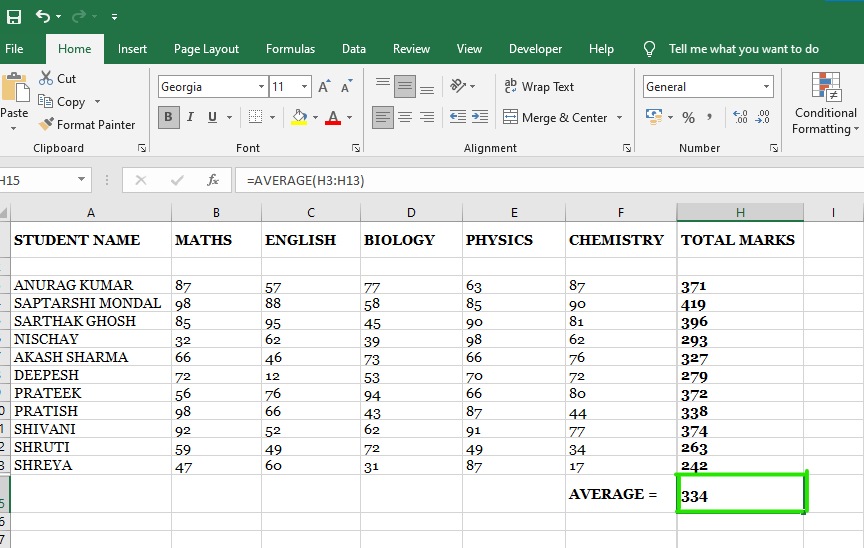Classroom Paperwork Organization: Tips for Teachers

Introduction to Effective Paperwork Management in Classrooms


For many teachers, managing classroom paperwork can be as challenging as managing the students themselves. From lesson plans to student assessments, the volume of paper can easily become overwhelming. However, with strategic organization techniques, you can streamline your classroom operations, reduce stress, and enhance your teaching efficiency. In this comprehensive guide, we will delve into various methods to manage classroom paperwork effectively, ensuring that you can spend more time on what you love most – educating and nurturing young minds.
Utilizing Color-Coding Systems

Color-coding is a visual system that makes sorting and finding documents quick and intuitive. Here's how to implement it:
- Assign Colors: Assign different colors for different types of documents. For instance, red for assessments, blue for lesson plans, and green for administrative papers.
- Use Folders: Purchase folders, binders, or notebooks in these colors to keep documents sorted.
- Label Clearly: Clearly label each item so that there is no confusion. Use labels like "Homework," "Grades," or "Parent Communication."
🎨 Note: Consistency is key. Once you choose your colors, stick to them across all subjects or classes to avoid mix-ups.
Implementing a Central Filing System

A centralized filing system can help manage documents that do not need immediate attention but should be accessible for reference:
- Choose Your Filing System: Decide between physical filing cabinets or a digital filing system like Google Drive or Dropbox.
- Organize by Category: Create files or folders for different categories like 'Completed Work,' 'Parent Correspondence,' 'Curriculum,' and 'Staff Memos.'
- Maintain Filing Discipline: Regularly update these files to ensure they remain useful. Make it a habit to file papers at least once a week.
Leveraging Digital Tools

Incorporating digital tools can significantly reduce the physical paperwork and enhance accessibility:
- Gradebooks: Use electronic gradebooks like Google Classroom, Canvas, or Blackboard to keep track of student performance.
- Document Management: Tools like Evernote or OneNote can help you store, manage, and retrieve notes and documents efficiently.
- Communication: Use apps like Remind, ClassDojo, or email for parent and student communication to minimize printed messages.
💻 Note: While digital tools are incredibly useful, ensure to have a backup system in place to prevent data loss.
Establishing a Daily Paper Handling Routine

To keep from becoming overwhelmed, establish a routine for handling papers daily:
- Sort at the End of the Day: Dedicate the last 15 minutes of your day to sorting through the day's papers.
- Prioritize Actionable Items: If there's immediate action needed (like grading or signing), do it or schedule it for tomorrow.
- File or Trash: Either file documents away or throw them in the recycle bin if they're no longer needed.
Periodic Review and Purge

Clutter can accumulate quickly, so it's beneficial to review and purge documents periodically:
- Quarterly Review: Every few months, go through your files and binders. Discard outdated or unnecessary paperwork.
- End of Year Purge: At the end of the school year, perform a major cleanout. Keep only what's necessary for records or future reference.
- Archive Digital Files: Organize digital files into archives to keep your working space clear.
Student Participation in Paper Management

Engage students in the organization process:
- Teach Responsibility: Allow students to manage their own folders or binders. This not only teaches them responsibility but also keeps your paperwork organized.
- Classroom Helpers: Rotate classroom jobs that include sorting, filing, or distributing papers to students.
- End of Week Checks: Regularly check students' organization skills to reinforce good habits.
By implementing these organizational strategies, teachers can significantly reduce the time spent on paperwork, allowing more focus on interactive teaching and student engagement. With these systems in place, your classroom environment becomes not only a place of learning for students but also a model of organization and efficiency for teachers and future professionals.
Throughout this post, we've explored various techniques that cater to different aspects of classroom paperwork management. Whether it's through color-coding, leveraging digital tools, or involving students, the goal is to create a system that works for you, reducing the stress associated with managing documents and enhancing the overall learning experience.
How often should I review and purge classroom paperwork?

+
It’s advisable to review your documents quarterly and perform a major cleanout at the end of each school year.
Are there any free tools for digital paperwork management?

+
Yes, tools like Google Drive, Evernote Basic, and Microsoft OneDrive offer free tiers with ample functionality for most teachers.
How can involving students in paper management benefit the classroom?

+
Involving students teaches them organizational skills, reduces the workload for teachers, and fosters a sense of responsibility and community within the classroom.



